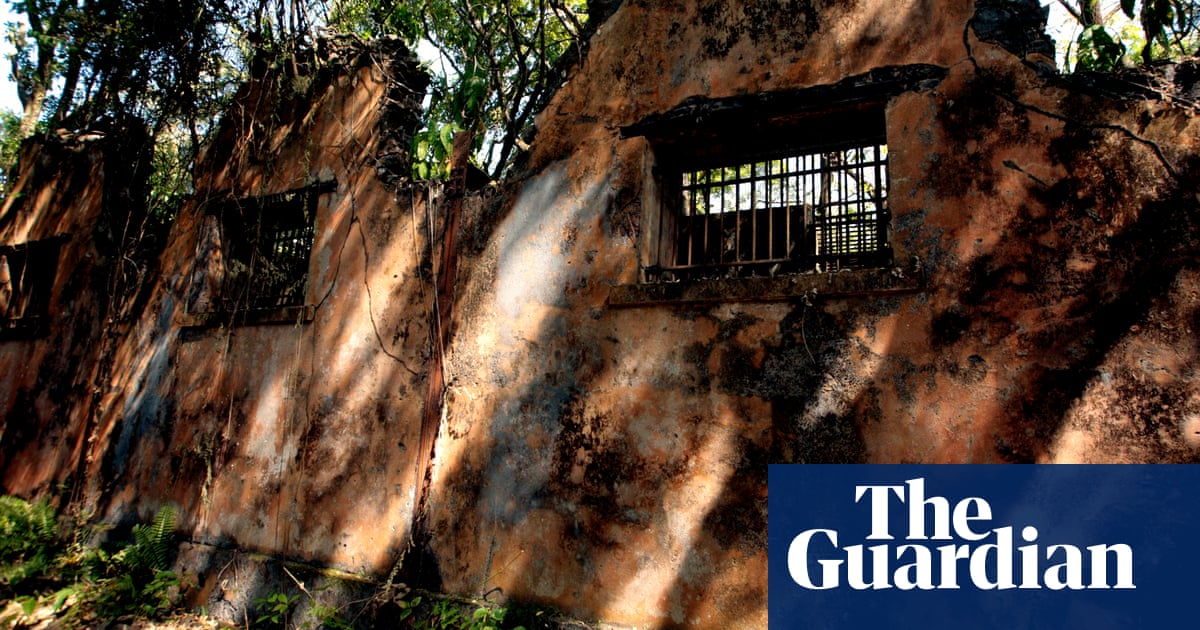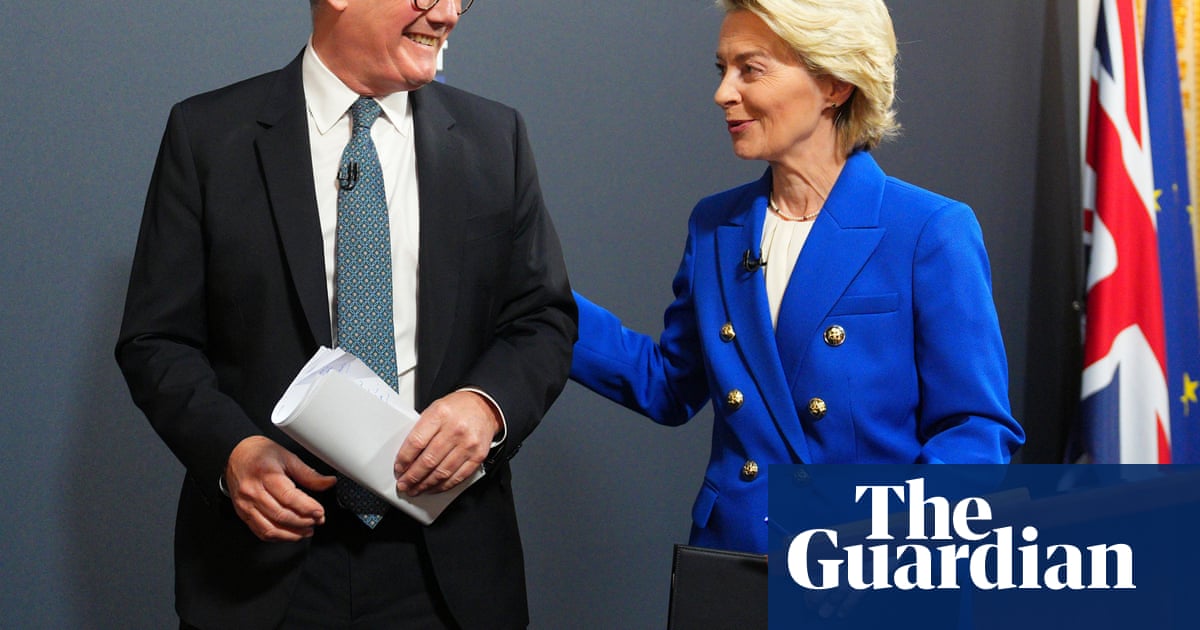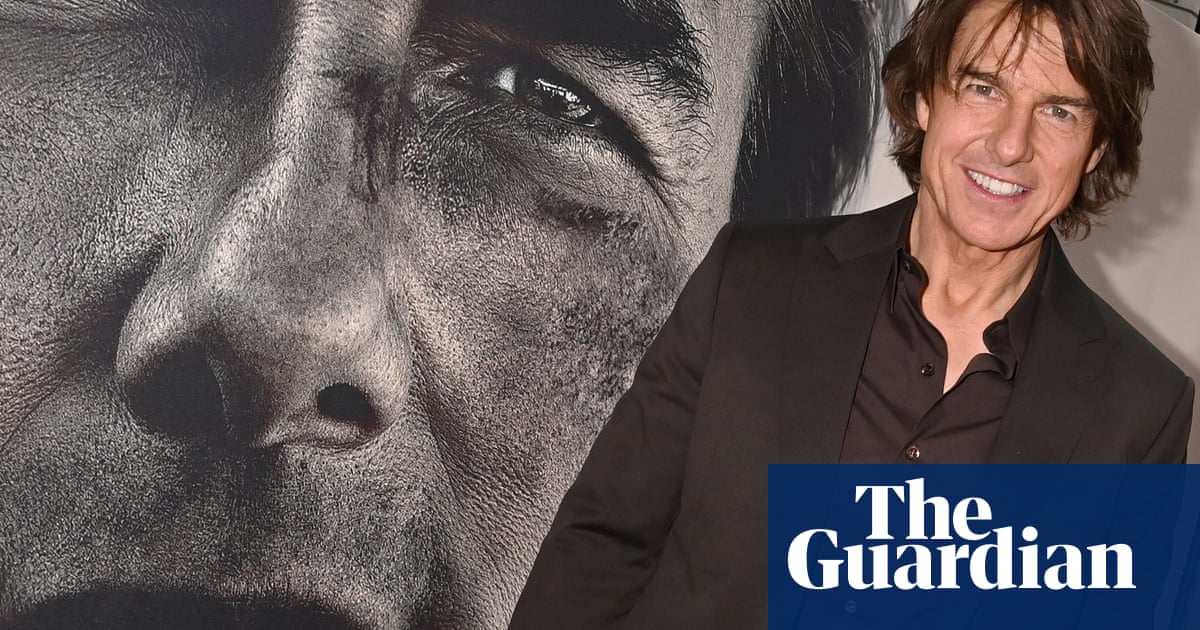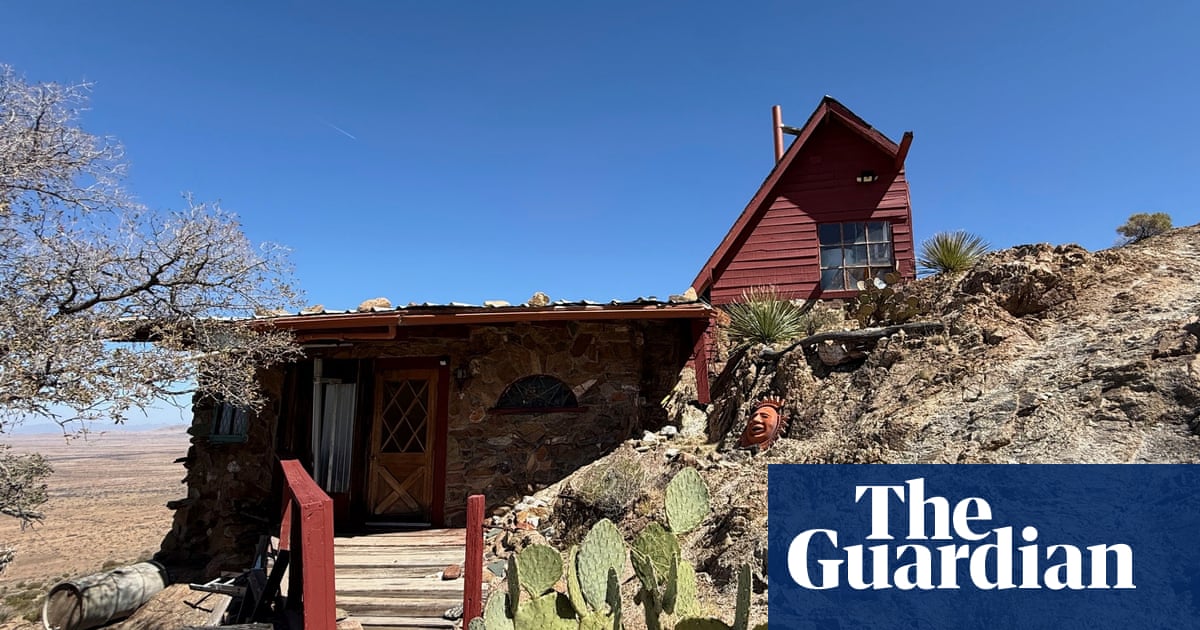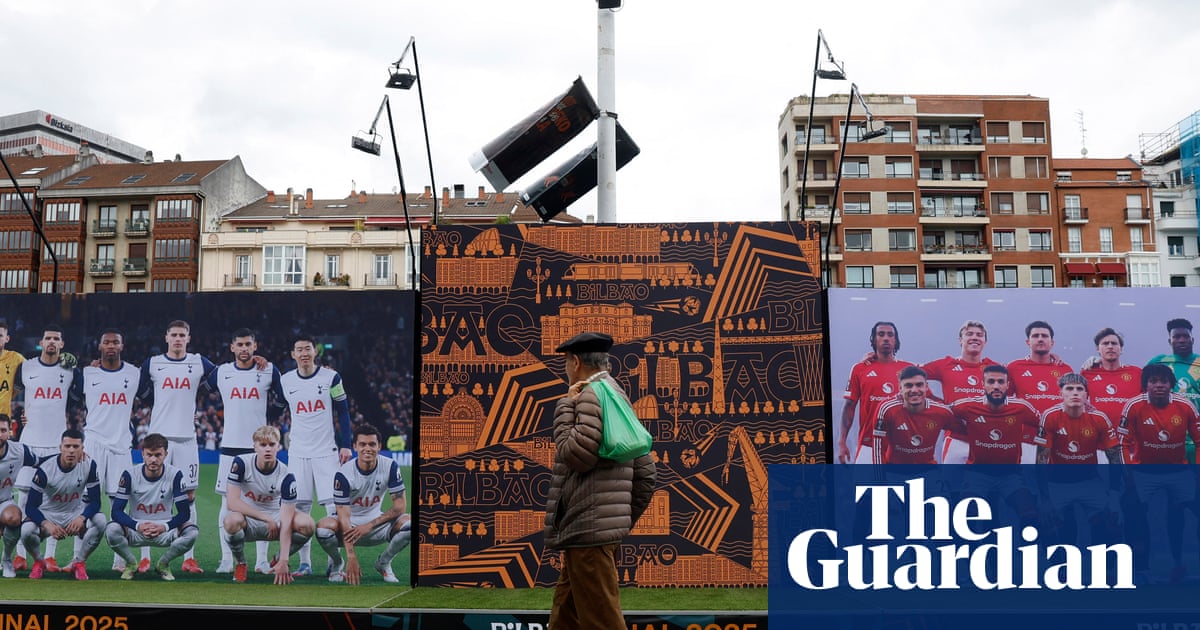In the late 1950s, when photography critic Vince Aletti was in his mid-teens, he stumbled upon a clutch of magazines at a local newsstand that seemed to speak directly to him. From their covers to the pages inside, the pocket-sized magazines were packed with strikingly composed images of nearly naked, finely muscled men, many of whom appeared to have a secret rapport with each other. “I remember getting really turned on by that,” Aletti recalls, sitting in his apartment in New York’s East Village. “I also remember being really worried that my mother might find those magazines in my room.”
Physique magazines, as such publications were generically known, operated on a coded system, designed to function as smoke signals for gay men during an era of heightened repression and censorship that lasted from the 1930s until the early 70s. The magazines, which were pumped out in cities across the US, made sure to pass as health and fitness publications, but the style and content of their photos were clearly created for the tastes and desires of gay men. In the decades since, physique images have often been written off as campy relics of a sad past, but Aletti wants audiences to consider them anew.
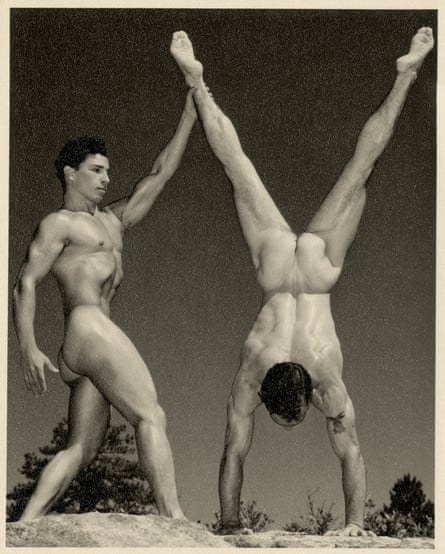
In his gorgeous new book, titled Physique, Aletti makes the case for such images to be seen not as mere historical documents or what he calls “porn-adjacent” ephemera, but as museum-worthy art. “The pictures are beautifully made,” he says, “and the photographers clearly took pride in what they did. The poses are artfully handled and the lighting and setting they used referred back to classic ways of looking at the nude. If these pictures had been flimsy or ill-made, I never would have kept collecting them.”
In fact, he has collected more than 10,000 such works over five decades. Throughout Aletti’s sprawling apartment, the photos are stacked up in towers that ascend like stalagmites from the furniture and floor. Lining the walls are photos by well-respected photographers such as Peter Hujar, Nan Goldin and Larry Clark. Aletti – who has served as a photography critic for the New Yorker, curated photo exhibits and published several other art books – wants readers to notice the care taken in works by physique image-makers such as Bruce Bellas, who worked under the pseudonym “Bruce of Los Angeles”, or Alonzo Hanagan, AKA “Lon of New York”.
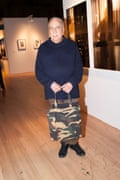
To help evade the ever-probing attentions of the censors, these artists often modelled their work on well-established images from ancient Greece or Rome, replete with Doric columns, phallic swords and warrior poses, all of which only intensified their homoerotic allure. The models’ poses were frequently architectural, with arms outstretched like load-bearing beams and legs planted as sturdy as Parthenon pedestals. The compositions are finely balanced and well-framed, while the lighting in the earlier work echoes the voluptuous glamour of classic Hollywood portraits by George Hurrell or Clarence Sinclair Bull.
Perhaps the earliest antecedent of the physique photographers was Wilhelm von Gloeden, whose sepia-toned images of young Sicilian men from Taormina date back to the 1870s. Born to an aristocratic family near Weimar Germany, Von Gloeden escaped to the Italian island to cure his tuberculosis but, once there, found a wealth of beautiful young men who agreed to display their physiques for his camera. Many of his photos place the men in the landscape so seamlessly they seem to have sprung primordially from the earth.
One of the most prolific and successful of the later physique artists, Bob Mizer, ran the Athletic Model Guild (AMG) for more than four decades, starting in 1945. In his prime, Mizer worked out of four properties near downtown Los Angeles where he created hundreds of thousands of homoerotic images, films and videotapes while also publishing one of the form’s most popular titles, Physique Pictorial.
“I used to swipe magazines from a newsstand in Hollywood,” says John Sonsini, who worked with Mizer at AMG. “God forbid I should ever be caught!” Sonsini, an artist and lecturer, takes me on a tour of the area where Mizer created his works. We stop by a former movie theatre that used to play his films for gay audiences. The complex includes a pool for faux athletic adventures.
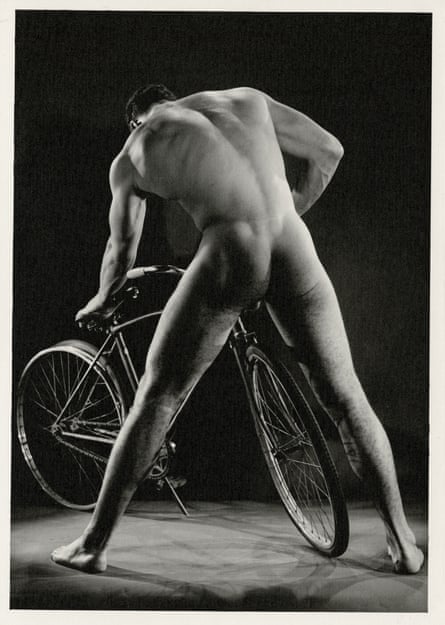
As exciting as the images were to Sonsini, he was equally struck by the fact that names were assigned to the models: although many were likely pseudonyms, it still indicated that these were real people, a revelation in an age when closets were overwhelmingly shut tight. Readers could write to publications such as Physique Pictorial asking to buy individual images tailored to their taste. “The fact that those men were willing to put their names, addresses and phone numbers out there was incredible in the 1950s,” Sonsini says. “In that way, I believe these magazines played a role in advancing gay liberation. The magazines were a milestone that helped people out, in every sense.”
By the time he reached college, Sonsini was painting male nudes, including men who had posed for AMG. That helped land him a job with AMG in 1986, painting backgrounds for the photos. “I was having the time of my life,” he says.
Most of the models found their way to AMG by word of mouth among the hordes of aspiring actors and bodybuilders who have historically gravitated to Hollywood. Sonsini says the mood on the sets during the shoots was very professional – and not at all erotic. “When you work with these guys day in and day out,” he says, “that’s just not there.” The models, who were overwhelmingly straight, knew that the readers of the magazines were gay, and were, says Sonsini, largely cool with it. “A lot of these men were kind of bohemian people. Bodybuilders in those days were not part of the athletic mainstream. They were very marginalised. Many were very attuned to the theatrical world.”
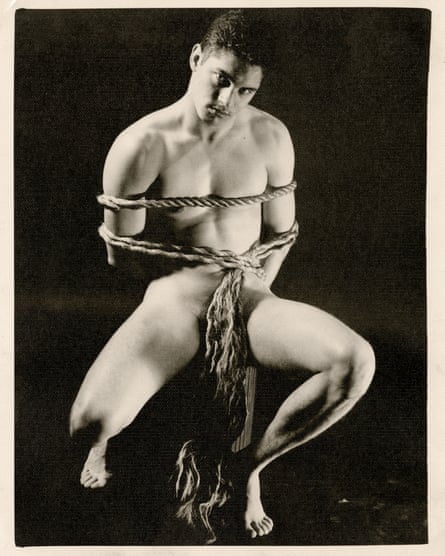
One of the best-known models to appear in physique publications was Joe Dallesandro, the Warhol superstar famously mentioned in Lou Reed’s Walk on the Wild Side (“Little Joe never once gave it away”). Dallesandro was the subject of a film Mizer made in 1966, and Sonsini speculates that some of the models may have hustled gay men for sex on the side. He was warned by Mizer not to solicit them or to be alone with any of two of them in a room at the same time. As the 1980s wore on, drugs had a devastating effect on the scene, as did Aids.
During shoots, the photographers had to be careful about which parts of the models they showed. “The penis is always a problem, at least in the modern world,” Aletti says. Even so, physique photographers were creating full-frontal nude portraits as far back as the 1930s at the request of individual clients. In print, meanwhile, the photographers had to get creative about hiding “the candy”, sometimes with objects such as a coiled snake, fishing nets or washing-up cloths.
Banning full-frontal nudity also meant that the photographers sometimes concentrated more squarely on the butt, although at times, says Sonsini, the censors were less alarmed by which body part was shown than by the expression on a model’s face. “A smile,” he says, “would drive the censors crazy.”
Many of the photographers faced harassment, fines or jail time. In 1947, according to the Bob Mizer Foundation, Mizer spent a year at a work camp in California after being “wrongly accused of having sex with a model who was a minor, among other charges”. Although Sonsini says Mizer didn’t consider himself a political person, he believes his work had a hand in liberating the minds and bodies of gay people, aided by editorials he wrote in his magazine damning the forces that tried to shut him down. “Mizer was very courageous in a lot of ways,” Aletti says.
By the start of the mass gay movement at the dawn of the 1970s, hardcore gay porn began to proliferate, making the old physique portraits seem coy and dated. But at the same time, the early physique works had a clear impact on gay visual artists, evident in the work of Francis Bacon in the 1950s and 60s, as well as photographers of the 70s and 80s from Robert Mapplethorpe to Bruce Weber and Herb Ritts. Weber’s photos most brazenly mimicked the faux battle poses and homoerotic camaraderie that defined so many classic physique layouts.
Over the years, there have been many books and collections devoted to vintage physique photos, but Aletti’s book stands out by pushing the formal composition of the works over their more basic function. “It’s clear when you look at the way the works are lit and designed that the photographers weren’t just making pictures to turn people on,” he says. “They were making something beautiful.”

 6 hours ago
7
6 hours ago
7
